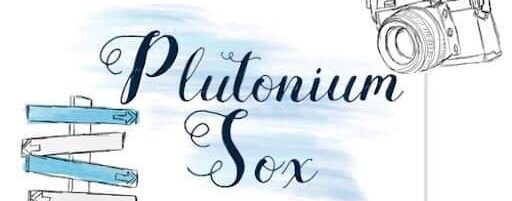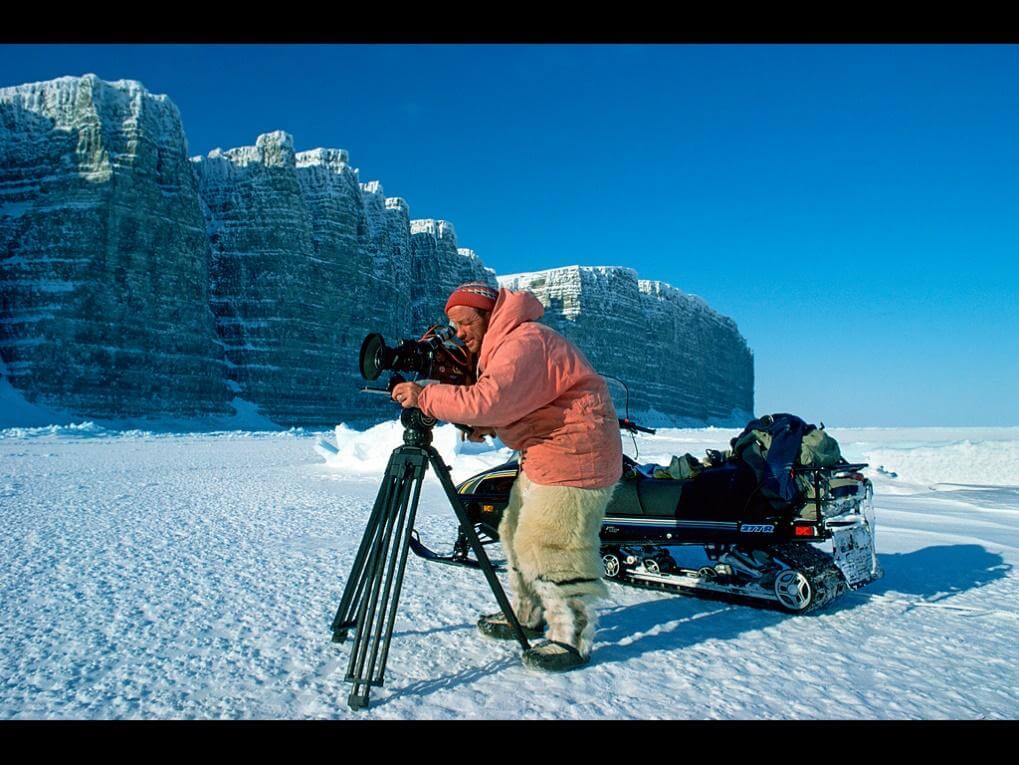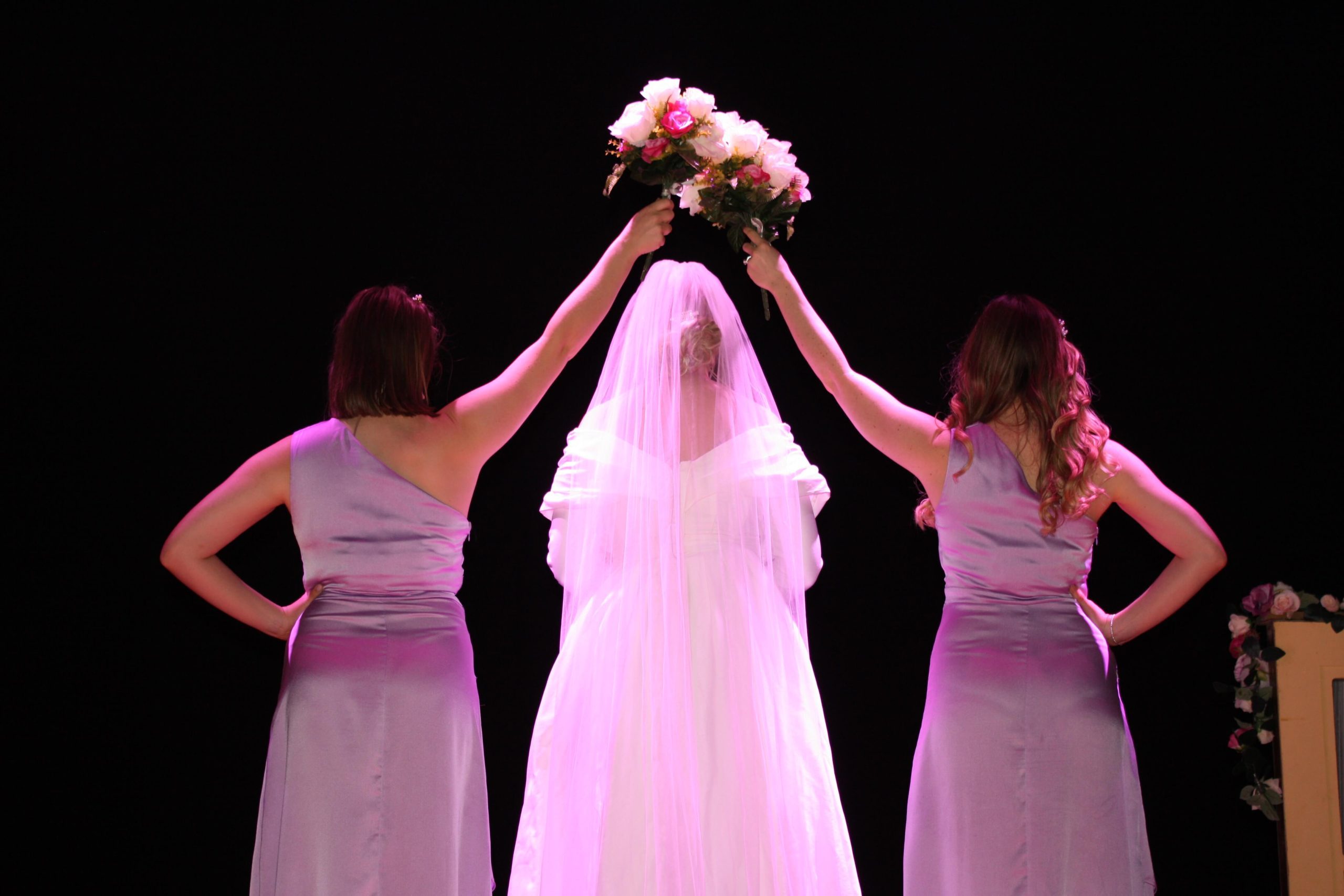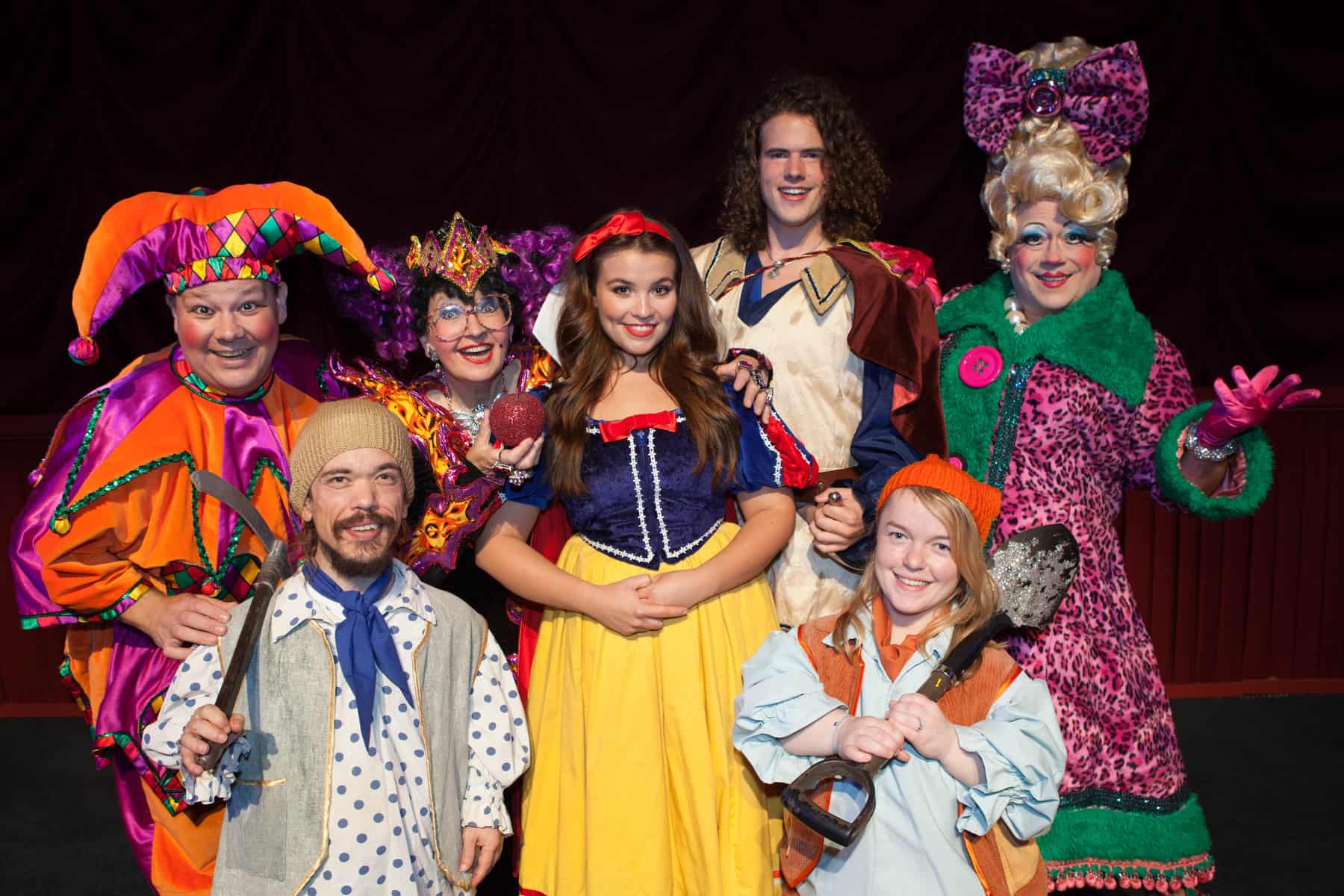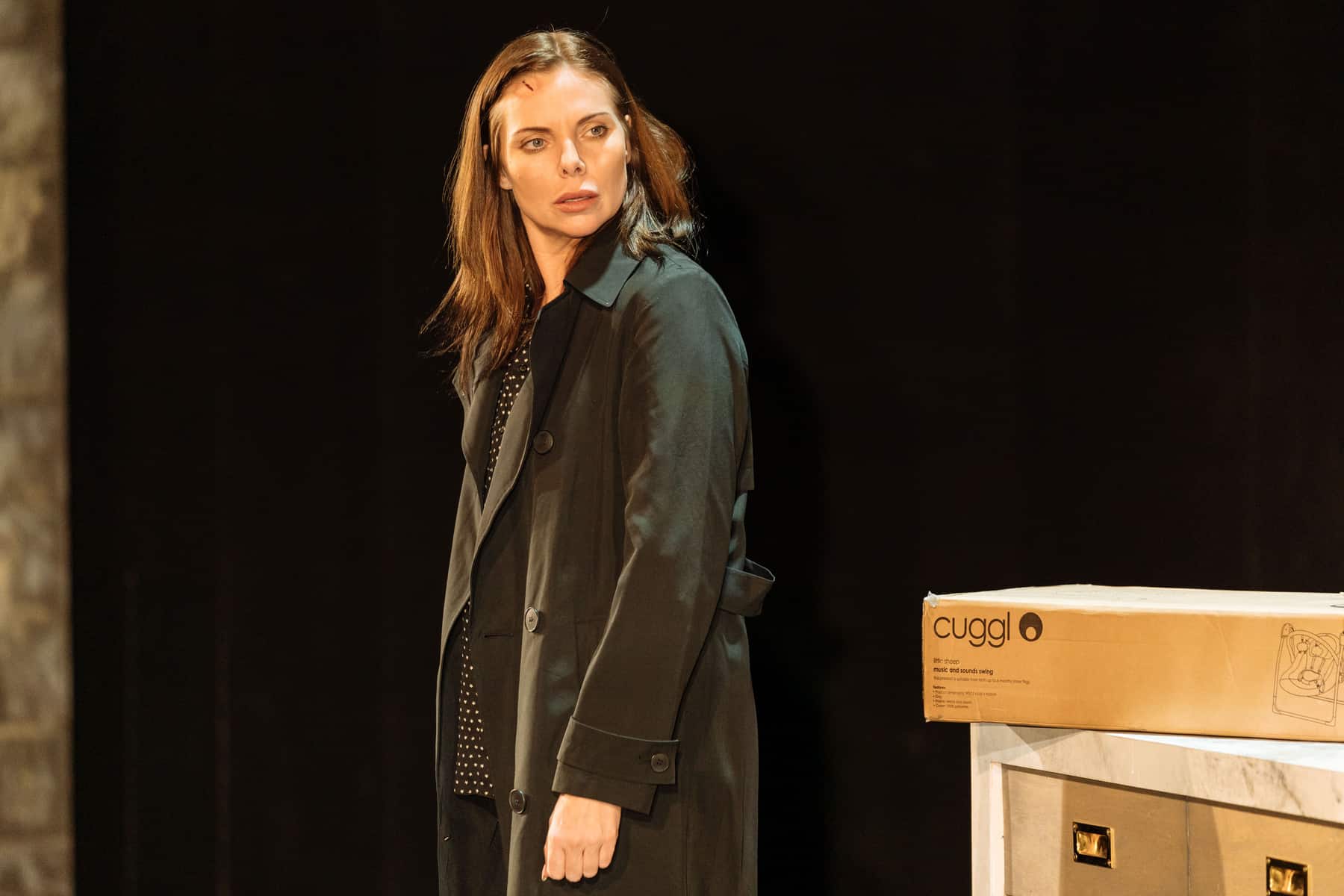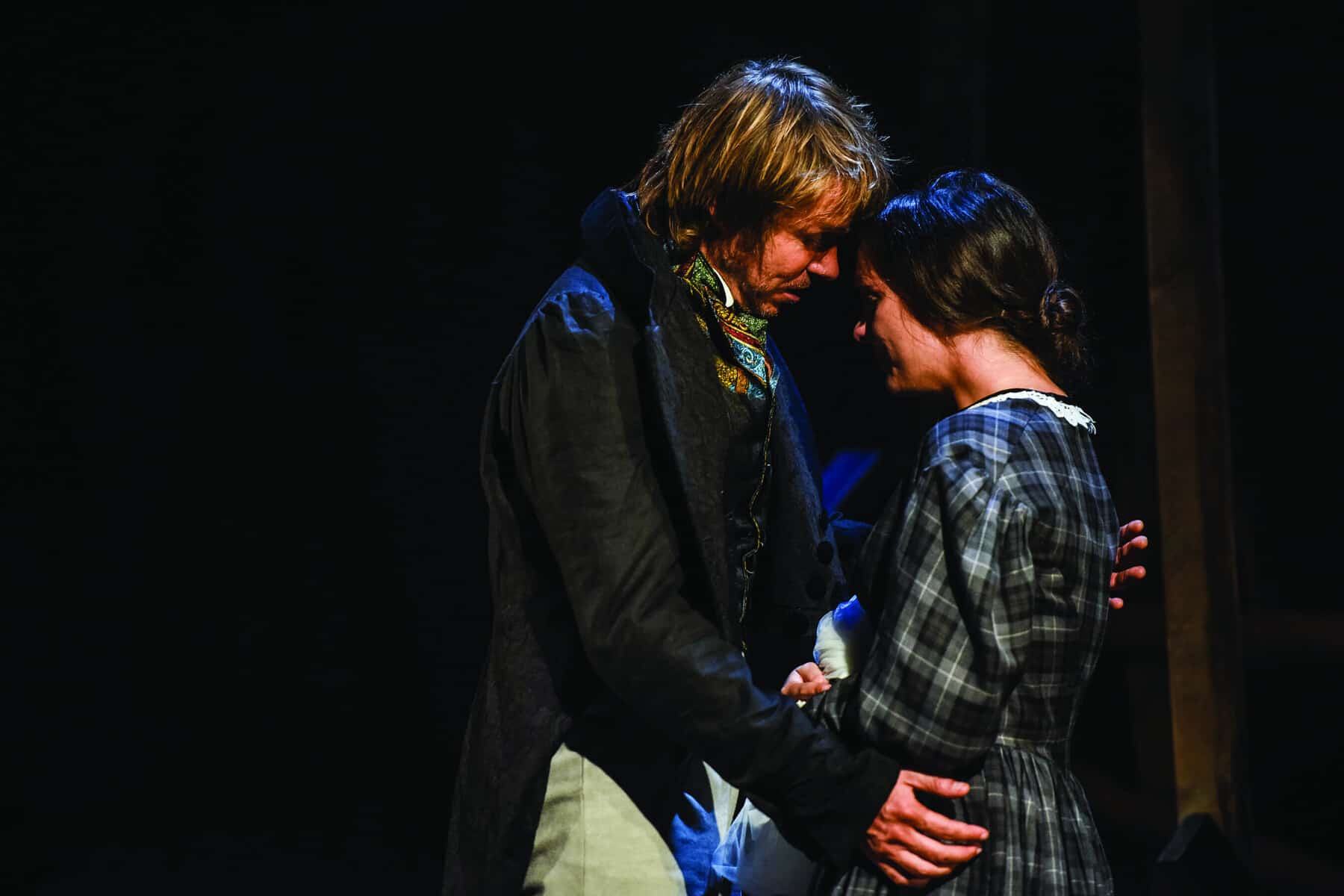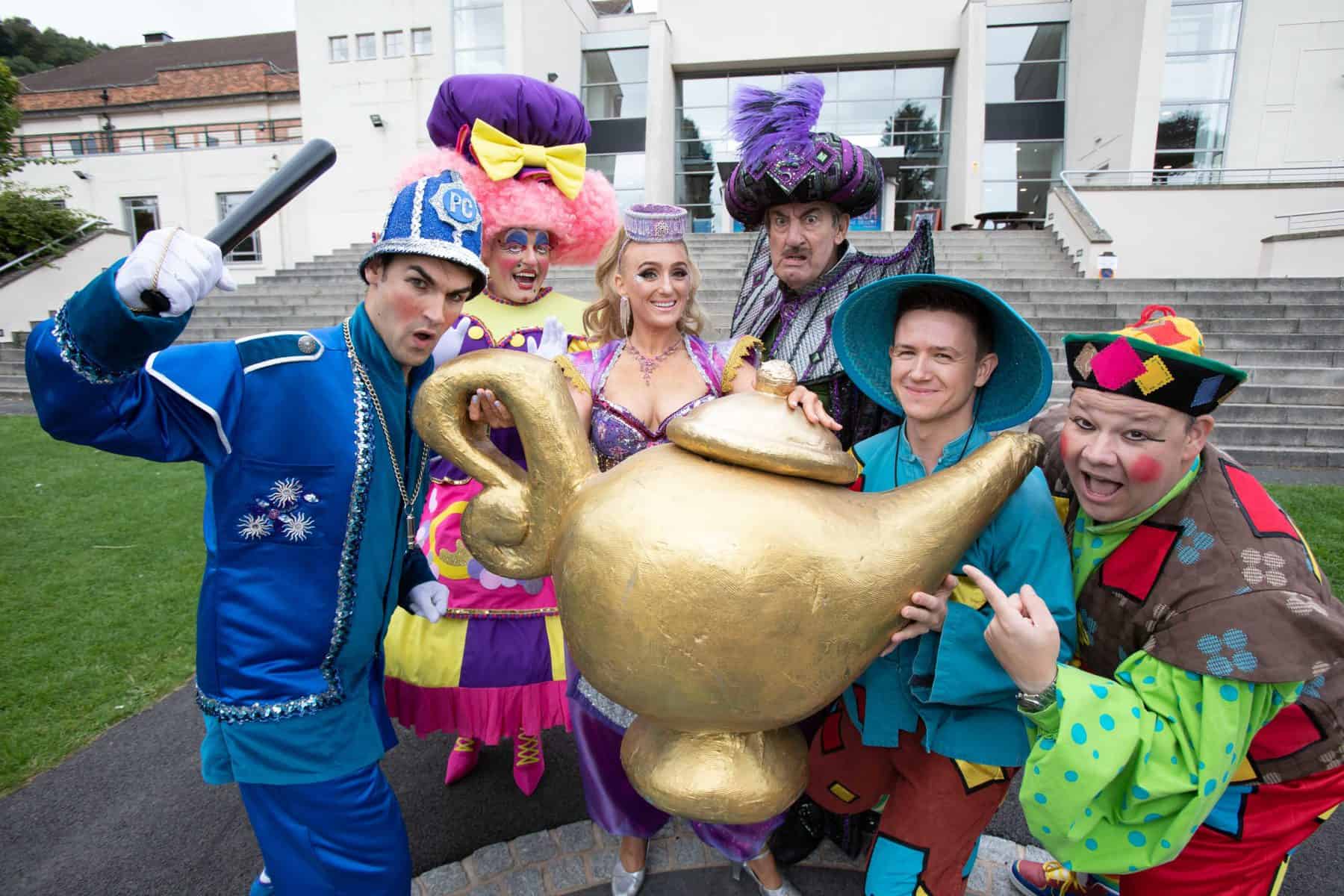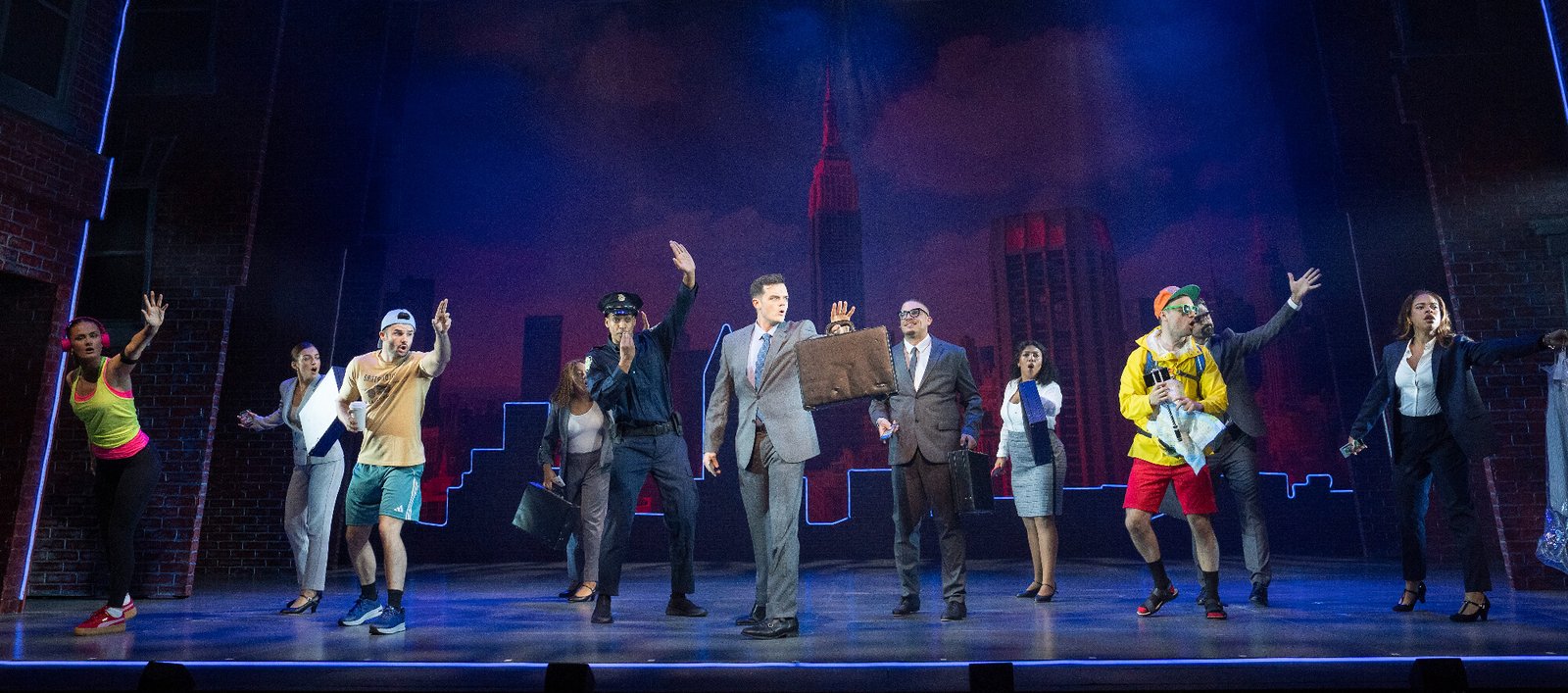Doug Allan – It’s A Wrap: Review
[AD press tickets]
Doug Allan, an award-winning natural history photographer, documentary filmmaker, diver, author, and public speaker is currently touring the UK. His show, It’s A Wrap, shares his extraordinary filming challenges and successes and his perspective on climate change and its impacts on the world’s wild places. Lia and I caught Doug’s show at beautiful Huntington Hall in Worcester last night.
About Doug Allan
Doug Allan’s career highlights are incredible. He has won eight Emmys, five BAFTAs, and five Wildscreen honours for his photography. He has twice been the Wildlife Photographer of the Year’s underwater category winner. His camerawork has earned him three Honorary Doctorates, and he is a distinguished Honorary Fellow of the Royal Photographic Society and Honorary Fellow of the Royal Geographical Society of Scotland.
He has been to the antarctic over 25 times and the arctic over 30, filming for multiple series with David Attenborough. He is passionate about filming large mammals, both on land and in water. His insights into the reality of the challenges the natural world is facing as a result of human actions are fascinating and horrifying in equal measure. David Attenborough is quoted as saying, ““There’s just no one else who knows these frozen worlds as Doug does”.
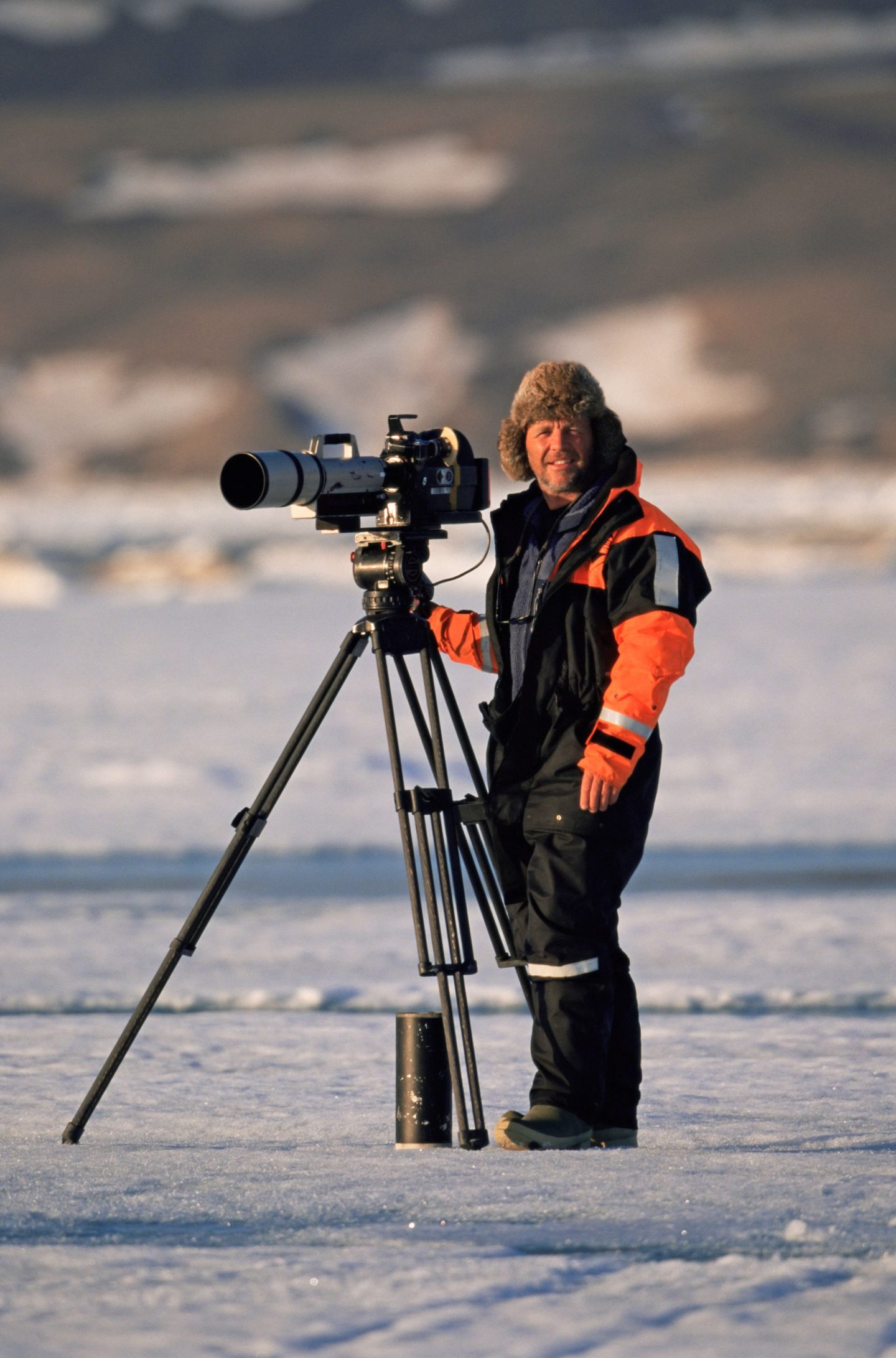
Excerpts from an interview with Doug Allan
I was sent information from an interview with Dough Allan, which gives great insight into the topics he covers in the show. Here are a few of the questions and answers.
What’s it like working with animals, close-up and in the wild? Tell us about your favourites.
I love working with big mammals; they’re so charismatic. Polar bears are wonderful: they have an amazing sense of smell, so even if they can’t see you they can smell you, they know you’re there. And marine mammals are particularly special to be with – whales are among my favourites. With marine animals you’re very much in their environment; and also, you need to get closer to creatures when you’re in the water than you do on land. And that proximity means that if it’s going to work, then you’ve got to get on the animals’ wavelength. You’ve got read their body language, and they’ve got to read yours. They’re very good at being able to sense your mood, they’ve got a sixth sense, so you’ve got to have the right mental attitude. That’s everything.
One of my most memorable shoot was in Tonga in the South Pacific. We were filming humpback whales, and over the time we were there we really got to know them as individuals – you can recognise them from the pattern on their tales. I remember one very friendly female in particular; if I found her, we’d spend lots of time together. She’d come up to me, just a metre away, and look at me with her big eye. My relationship with her was a bit like you might have with a dog you know really well. We respected one another, I got to know her and she got to know me. And it was such a privilege to realise this was a totally wild animal, and she was choosing to spend time with me.
Another big highlight was filming killer whales for Frozen Planet. I’d heard about this phenomenon 30 years earlier, where the whales gather and see the seals they want to hunt, and they beat their tails in unison to make a wave that washes the seals off the ice. And eventually I got to see it; and that was the first time it had ever been captured on film.
What was your first big break into wildlife film-making?
My big break happened when I was 24 years old, and I got a job as the diving officer for the British Antarctic Survey on Signy Island. I was doing lots of dives, taking photographs for the scientists. It was wonderful, but also very isolated: we were away for nine months at a time, in a place where the sea froze over. We were 16 men, no women there at that time; and the only outside communication was a telex machine, via which you were allowed to send 100 words a month to your family. But that taught me that you don’t need to always be in touch: to this day when I go away I say to the people I’m closest to, no news is good news. When I’m away I focus on what I’m doing, not on communicating with people back home.
At the end of that first winter, I met David Attenborough for the first time. He was working with a film crew, and they came ashore at Signy and I worked with them, taking them to the places where I knew they’d get the best shots. That was the first time I’d seen a film crew like that in action, and it made me realise this was my calling. I decided to switch from stills to film, and I decided to go freelance – and those decisions were the making of my career.
I bought myself a 16 mm cine camera and I got a job filming emperor penguins. And when the programme I was working for, Birds for All Seasons, came out in 1985, a lot of the footage was mine. I’d broken through: I was a professional wildlife filmmaker.
What sort of places have you worked in?
I’ve mostly worked in cold places, especially the Arctic and Antarctica. But I’ve also filmed in the Himalayas, the Andes, Mount Everest, South America, Asia and Africa. Most of my career was at a time when we didn’t think much about travel – and I was lucky, I saw a lot of amazing places. Today we’re much more aware of the impact of travel on the planet, and I’m a lot more careful about how much I travel, and I need to believe it’s absolutely vital that I go to wherever I’m going. I also think it’s important to think about the nature we can see without going too far: I’ve just finished making a film in Shropshire. There’s so much diversity in the UK, so much to see and to do.
Right now we’re in a stage of empathising with the environment. That’s what our ancestors did, but over time we lost the habit of doing it – and that’s why we’re in the ecological mess we’re in right now. We need to establish a better relationship with the planet, and programmes like the ones I’m making seek to build that better relationship. It’s about seeing the world from nature’s point of view, as well as our own.
Doug Allan – It’s A Wrap: Review
As mentioned above, I went to Doug’s show with Lia, who is 9 years old. Whilst the show is clearly aimed at adults, it is one of the best educational things I’ve ever the girls to. Doug has a unique perspective on the world due to both his unusual work and the unique perspective it gives him on the natural world. The photo and films he shows are a step beyond anything you would see in a nature documentary.
Stunning audio of Beluga whales communicating starts the show and from there, the visuals take over. As you would expect with an insight into wildlife, some parts are slightly upsetting. Predators catching and playing with their prey, polar bears that have died due to the rescinding sea ice and an insight into the future if we don’t reverse climate change to name but a few.
However, Doug manages to address emotive and serious topics in a lighthearted manner that is engaging and inspiring. The show was listed as lasting for two hours including an interval, but a question and answer session at the end did last longer than anticipated, so the show started at 7.30pm and ended just after 10pm.
If you get the chance to go and see this show over the next couple of weeks, we highly recommend it.
Doug Allan – It’s A Wrap: Remaining Tour Dates
This show tends to only take place once in each town, and there are only a few dates remaining so if you are thinking of going, grab a ticket quick! The remaining tour dates are as follows:
- 25 October Bristol, 1532
- 27 October Bishop Auckland, Town Hall
- 29 October Teignmouth, Pavilion
- 30 October Cheltenham, Pillar Room
Links to tickets for all shows are available via Doug’s website.
